Barcelona—a vibrant, cosmopolitan city—boasts an incomparable architectural legacy that makes it a must-see for all architecture lovers. From Gaudí’s modernism to the most avant-garde contemporary designs, the Catalonian capital is an ever-evolving canvas where innovation and sustainability go hand in hand.
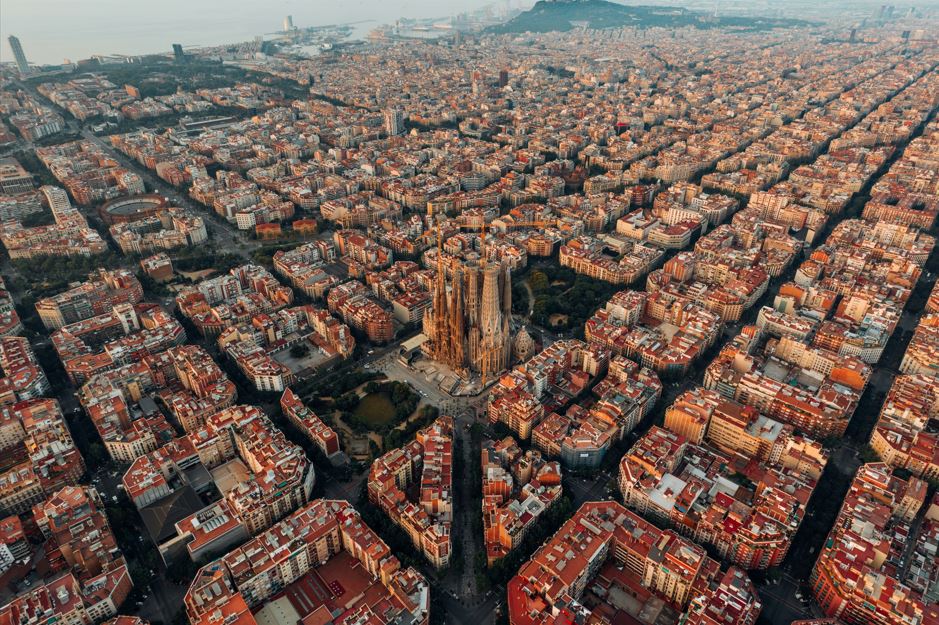
Image 1. Aerial view of the Eixample neighbourhood. Barcelona, Spain. Source: unsplash
A journey through history
To wander around the streets of Barcelona is to immerse yourself in a journey through time. The city preserves a rich architectural heritage that ranges from the Roman era to the present. Emblematic modernist buildings are scattered around the city, such as the Sagrada Familia, Park Güell, Casa Batlló and La Pedrera. These are all masterpieces of the ingenious Antoni Gaudí. Each structure is a testimony of the passing time and the cultural influences that have moulded its urban landscape.
However, the true essence of Barcelona is not limited to its most famous monuments. The Gothic quarter, with its narrow, cobblestone streets and historic buildings, is living proof that history and culture have shaped this city through the centuries. In this labyrinth of streets, the medieval heritage and vibrant modern life are intertwined, creating a unique atmosphere.
Innovation and sustainability: keys of the present
Beyond its historic legacy, Barcelona is positioned at the forefront of modern architecture. Projects like the DissenyHub Barcelona, the Mediapro Building or the Diagonal Mar Tower are examples of sustainable and intelligent architecture. These structures bear witness to the city’s commitment to the future. Undoubtedly, Barcelona’s architecture does not dwell on the past, but rather looks to the future with boldness and vision.
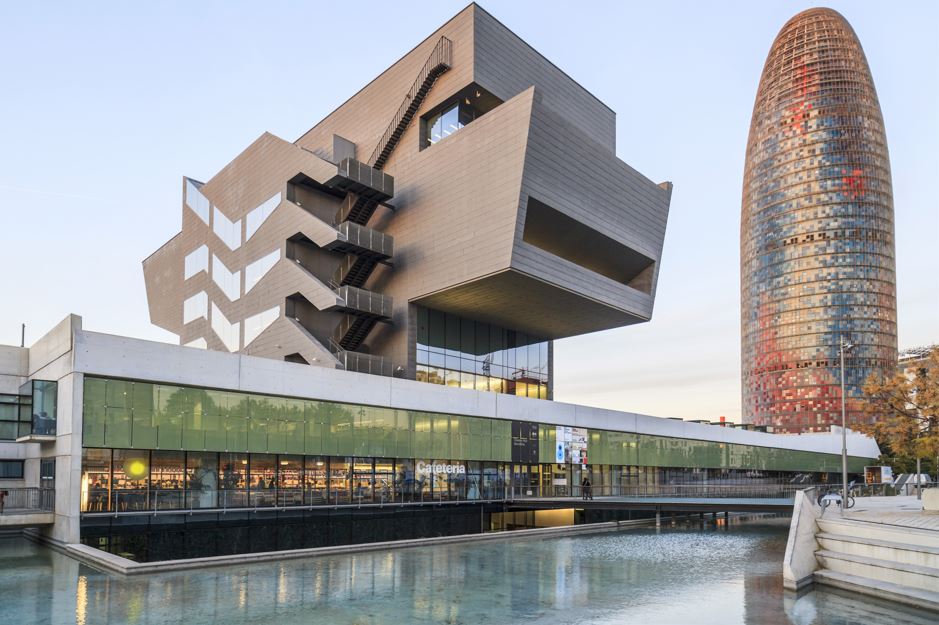
Image 2. DissenyHub Barcelona alongside the Glòries Tower. Barcelona, Spain. Source: shutterstock
Architectural projects
Likewise, projects such as the innovative Media-TIC building in the technological district or the surprising Museum of Contemporary Art of Barcelona (MACBA) are living examples of how the city embraces innovation and creativity in architectural design. Going beyond the limits of the aesthetic, this grand city has also become a leader in sustainable architecture. For instance, the Glòries Tower, commonly known as the Agbar Tower, incorporates eco-friendly technologies to reduce its environmental footprint and promote a greener future. These include eco-efficient illumination systems, with 4,500 LED lighting devices that enable the display of nighttime light shows. This building was one of the first in Europe to be awarded the “A” qualification in energetic efficiency. This clearly shows the building’s commitment to sustainability and the environment.
However, the architecture in Barcelona is not limited to the buildings. In fact, the city itself is a work of art, with its urban design, public spaces and parks and gardens. As a result, Barcelona is a laboratory of living architecture in which experiments and innovation are never-ending. The city encourages citizen participation in urban planning and promotes architecture as a tool to improve quality of life. To demonstrate, some examples of this are:
- Neighbourhood plan: A programme that seeks to improve quality of life in the city’s neighbourhoods through urban intervention.
- Barcelona Superblock. A project that turns the city’s blocks into green, pedestrian-friendly spaces.
- Barcelona Superblock is not only an urban planning project, but is also a statement of principles in favour of a city model that is more human, sustainable and in harmony with its natural surroundings. It is an inspiring example of how innovation and commitment can change our cities for the better.
- La Fabra i Coats. An old textile factory converted into a centre for the creation and promotion of culture.
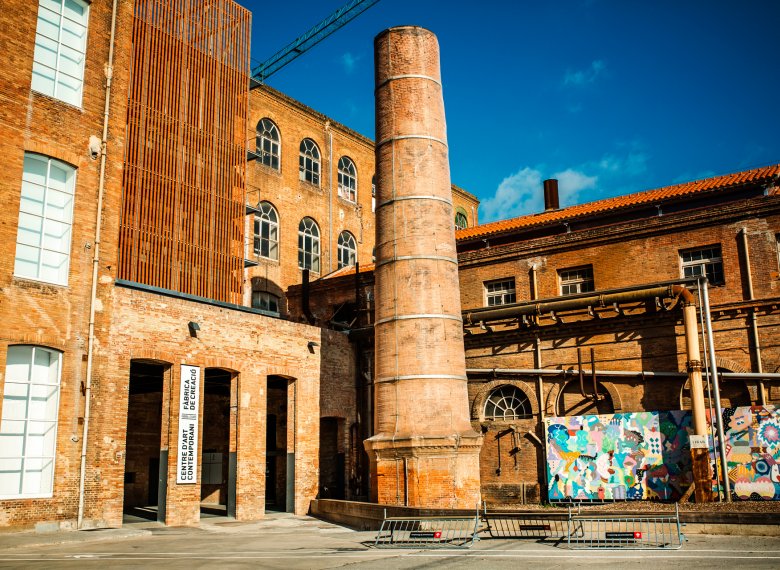
Image 3: La Fabra i Coats:
Source: ajuntament de barcelona
Preparing for 2026: a milestone on the horizon
The selection of Barcelona as the World Capital of Architecture 2026 by the International Union of Architects (UIA) and UNESCO is an acknowledgement of its trajectory and a push to keep innovating. The city prepares itself for a year of events, exhibitions, congresses and activities that will focus on architecture and its impact on society. Some of the events already confirmed include:
- International Union of Architects (UIA) World Congress. The main World Capital of Architecture event. Architects from all around the world will gather to discuss the challenges of the future.
- “Barcelona, city of architecture” exhibition. An impressive sample that exhibits the evolution of Barcelona’s architecture from its earliest beginnings to its contemporary innovations today.
- Architecture and urbanism fair. An event that will give businesses and industry experts the opportunity to exhibit their products and offer specialised architectural services.
- Workshops and activities for the public. A variety of options designed so that people of all ages can participate and learn about architecture. These range from building mock-ups to exploring the history and cultural importance of the city’s buildings.
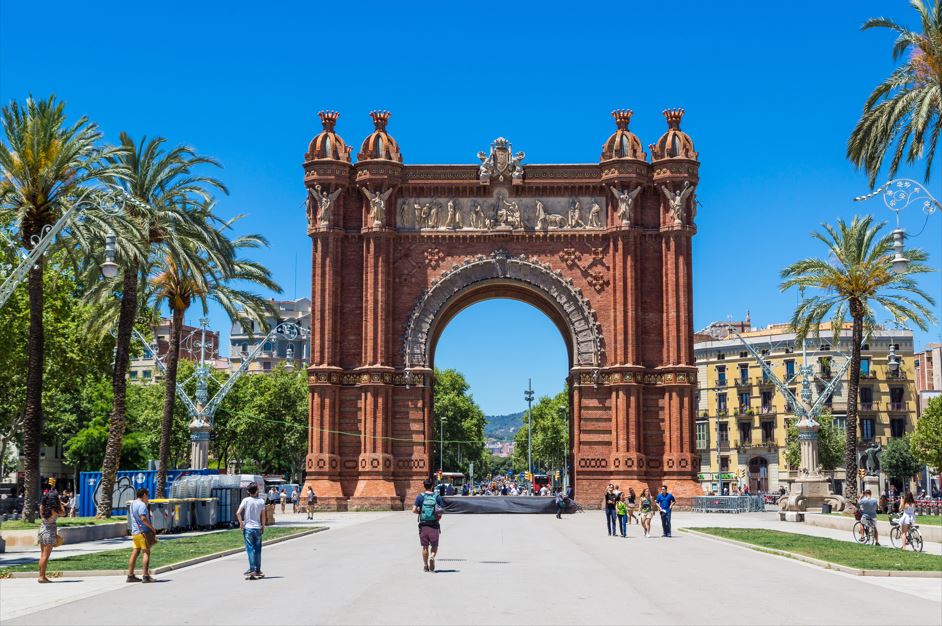
Image 4: Arc de Triomf. Barcelona, Spain. Source: shutterstock
The celebration of the World Capital of Architecture 2026 in Barcelona will be a unique opportunity to debate the future of architecture, share experiences and promote innovative solutions to the challenges of the 21st century. Firstly, it will include initiatives that seek to highlight the best of local and international talent. Also, emblematic projects—such as the completion of the Sagrada Familia—will serve as symbols of the architectural excellence that define this city. Finally, it will become a meeting point for architects, urban planners, students and architecture lovers from all around the world.
Catalan architecture and culture: a unique symbiosis
Catalan architecture is living proof of the cultural identity represented in the region. From the richness of modernism to the Mediterranean influence, each architectural element reveals a unique story. The city of Barcelona, in particular, goes beyond simple structural function. It is a real canvas where history, culture and architecture convene. These elements fuse together to offer an unparalleled experience that captivates whoever explores it. Each detail, every plaza, carries with it centuries of history and evolution. A true illustration of human ingenuity and the constant search for beauty and functionality in harmony with the natural surroundings.
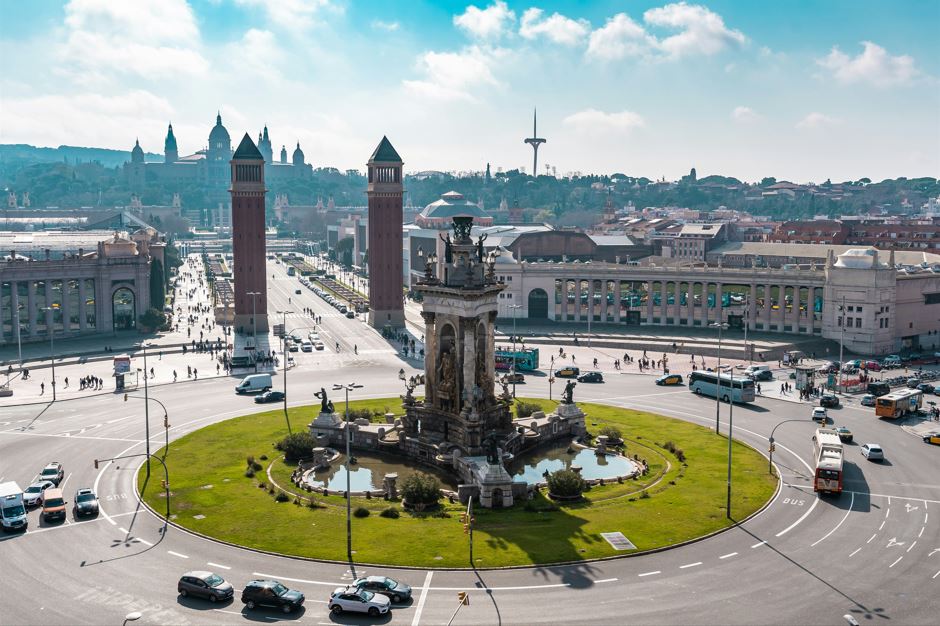
Image 5. Plaza de España. Barcelona, Spain. Source:unsplash
Barcelona, with its rich history and commitment to innovation, establishes itself as a global reference in the world of architecture. The celebration of the World Capital of Architecture 2026 will be an incredible occasion to highlight its architectural treasures and start an open dialogue about the future of architecture and its impact on our lives. Here in this city, architecture is an art that is living and breathing in every corner of every street.

